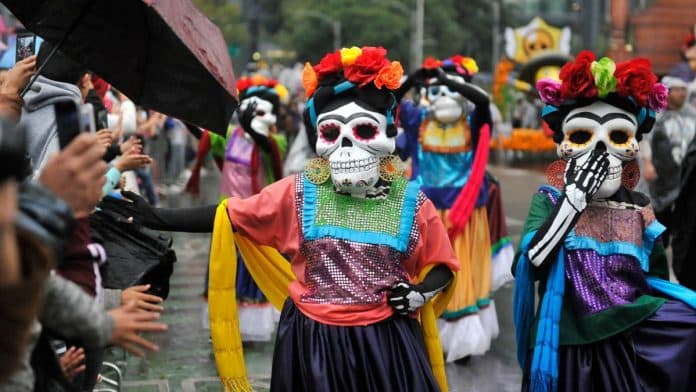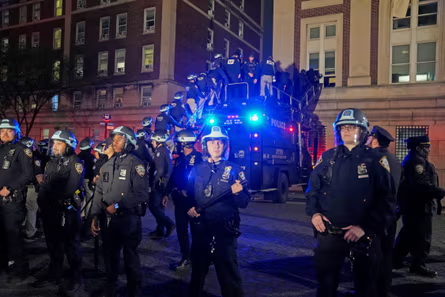Among Mexico’s many traditions lies one of the most fascinating cultural celebrations, Dia de los Muertos, or the Day of the Dead.
If you have seen the animated movie Coco, you likely have a general idea of what Dia de los Muertos is about.
Among Mexico’s many traditions lies one of the most fascinating cultural celebrations, Dia de los Muertos, or the Day of the Dead.
This Mexican holiday honours departed loved ones while embracing the continuity of life and the cycle of death. It is deeply rooted in pre-Hispanic indigenous traditions and later influenced by Catholicism.
Origins and significance
The origins of Dia de los Muertos can be traced back over 3,000 years to the indigenous peoples of Mexico, particularly the Aztecs, Toltecs, and other Mesoamerican civilisations. These ancient cultures viewed death as a natural part of life and believed that during this time, the souls of the departed could return to visit their living relatives.
remembrance, love, and togetherness.
Dia de los Muertos is not a single-day event but a multi-day festival that begins on October 31 and concludes on November 2. Each day holds different customs:
Day 1, October 31 – All hallows’ eve (Noche de Animas)
The celebration commences with Noche de Animas when children make altars for deceased children, known as “angelitos.”
Families visit cemeteries, and clean and decorate the graves with flowers, candles, and offerings, preparing to welcome the souls of their little ones back to the world of the living.
Day 2, November 1 – All Saints’ Day (Dia de Todos los Santos)
Known as the Day of the Innocents, this day is dedicated to honouring deceased adults. Families continue to visit cemeteries, adorned with flowers and food, inviting the spirits to join the festivities. Homes are decorated with colourful ofrendas (altars) decorated with photos of the departed, their favourite foods, drinks, and other cherished possessions.
Day 3, November 2 – All Souls’ Day (Dia de los Fieles Difuntos)
The final day of the celebration, Dia de los Fieles Difuntos, is when the spirits of the deceased adult family members are welcomed back to the world of the living. Families gather to honour their ancestors with music, dance, and storytelling, sharing fond memories about their departed loved ones.
Read more: Top most religious countries in the world
Ofrendas – Altars of love and memory
The centrepiece of Dia de los Muertos is the “ofrenda,” an altar assembled in homes, public spaces, and cemeteries.
The ofrenda is a personal tribute to the deceased, carefully designed to guide their spirits back to the realm of the living. Each altar has a unique design and varies from family to family, but they typically include essential elements such as:
1. Marigolds (cempasúchil)
These orange flowers symbolise death and are believed to guide the spirits with their flashy and strong fragrance.














